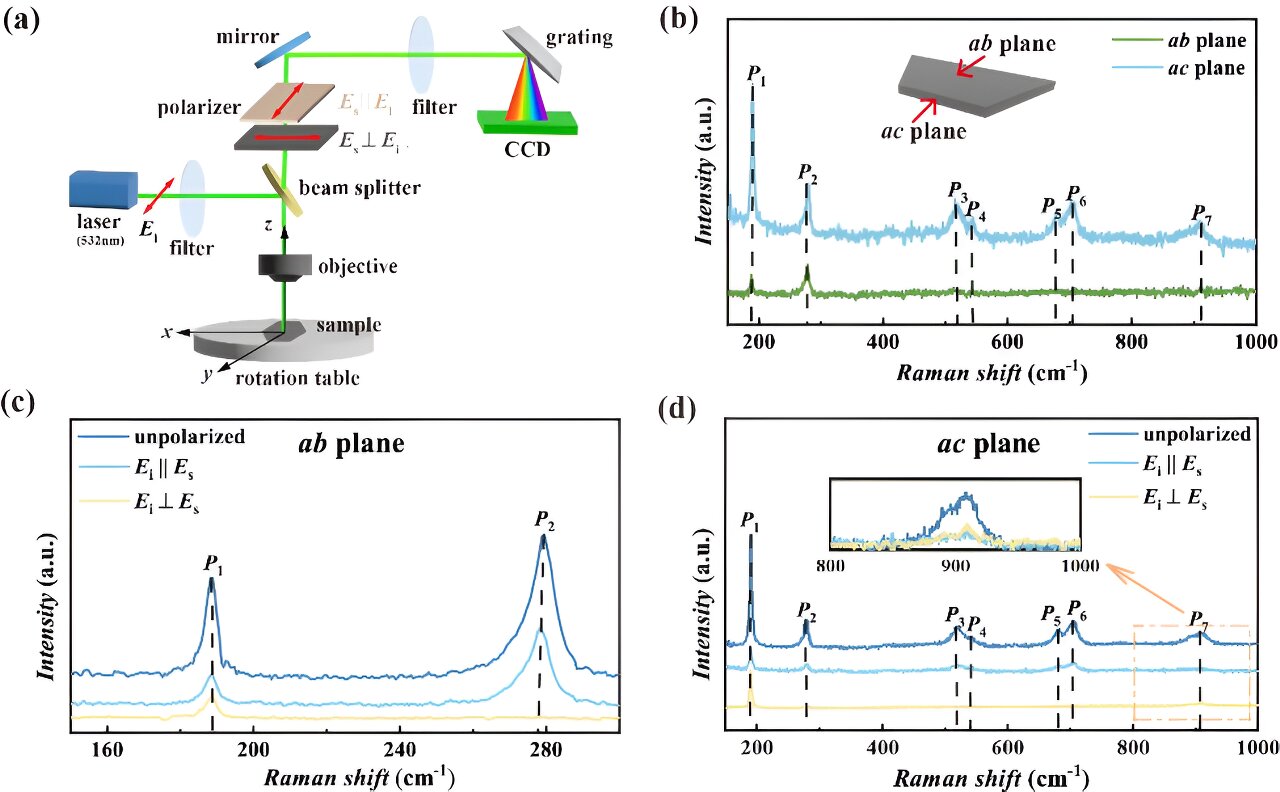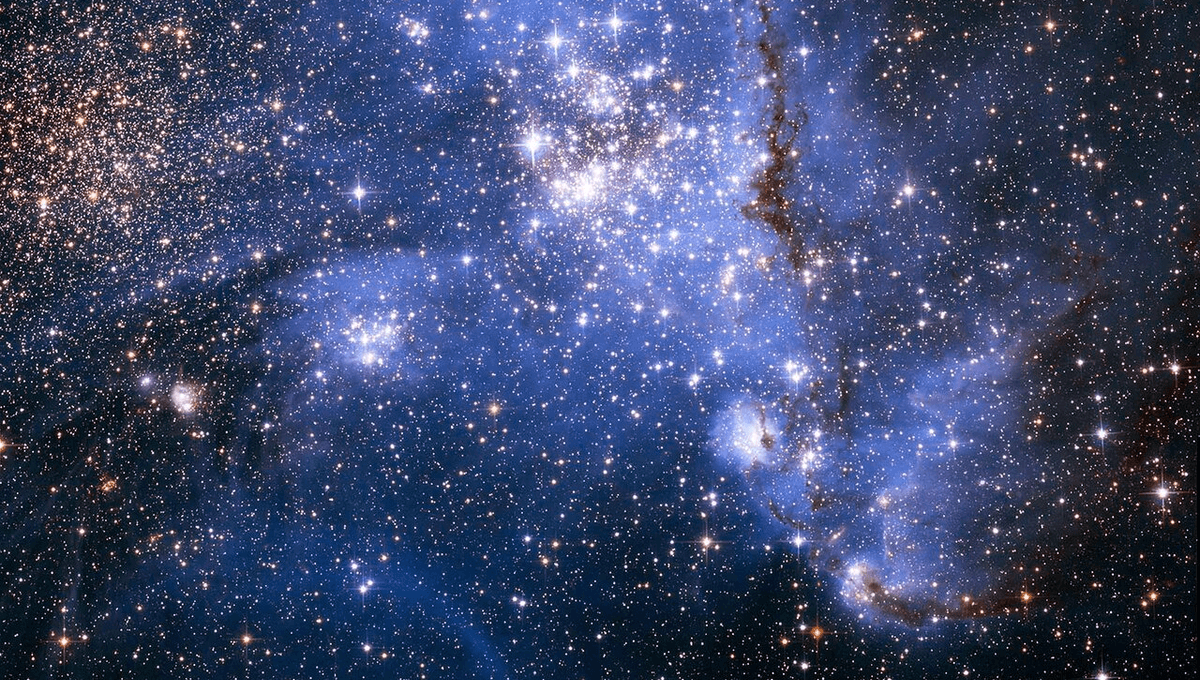The team showcased an incredible feat by achieving the longest transmission between two nodes using existing fiber optics in the bustling city of Boston. Covering a total distance of 35 kilometers (22 miles) around the city, the fiber path connected two nodes that were surprisingly located just one floor apart, making the journey more intriguing than the shortest route.
Proving that quantum network nodes can be entangled in a real-world urban setting like Boston is a significant milestone towards establishing practical networking between quantum computers.
Professor Mikhail Lukin
While quantum information has been transmitted over longer distances before, this experiment introduces innovative elements that pave the way for a realistic quantum internet. The key lies not only in utilizing existing optical fibers but also in the design of the nodes.
Traditional networks rely on optical fiber signal repeaters, which convert signals from optical to electrical and back to optical for transmission. However, this method is not suitable for quantum internet due to the nature of quantum information.

The challenge lies in the inability to copy quantum information due to its entangled state. Each node in the Harvard system functions as a miniature quantum computer, capable of storing, processing, and transmitting information. This setup marks a significant advancement in quantum networking, even with just two nodes.
“Demonstrating entangled quantum network nodes in a bustling urban environment is a crucial step towards establishing practical networking between quantum computers,” noted senior author Professor Mikhail Lukin in a statement.
Each node’s quantum computer is constructed using a sliver of diamond with a silicon vacancy center defect in its atomic structure. Operating at near absolute zero temperatures, this setup allows the silicon vacancy to capture, store, and entangle information bits, making it an ideal node.
“With the light already entangled with the first node, it can transfer this entanglement to the second node,” explained lead author Can Knaut, a graduate researcher in Lukin’s lab. “We refer to this as photon-mediated entanglement.”
The findings are detailed in the journal Nature.
rnrn








